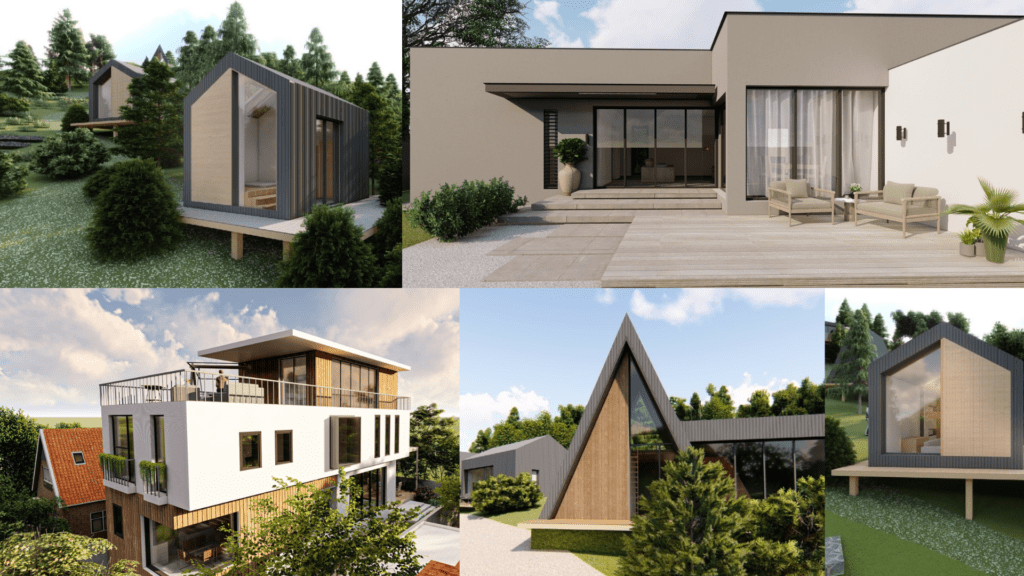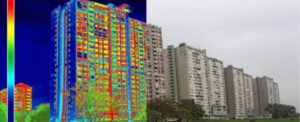In an era marked by concerns about climate change and limited resources, the concept of ecological and sustainable homes is becoming increasingly relevant. These homes not only represent a responsible choice for the environment but also offer a healthier and more cost-effective living environment for residents. This article explores the concepts and technologies behind ecological and sustainable construction, demonstrating how they can contribute to a greener future.
What Does an Ecological and Sustainable Home Mean?
Before delving into the solutions, let’s understand what an ecological and sustainable home actually means. These homes are designed and built in accordance with principles aimed at minimizing negative environmental impact and efficiently using available resources. Here are some key aspects:
- Energy Efficiency: Ecological homes are designed to reduce energy consumption. This involves efficient insulation, windows with thermal properties, energy-efficient heating and cooling systems, and LED lighting.
- Use of Sustainable Materials: Building materials play a crucial role in the sustainability of a home. Recyclable, biodegradable, and ecologically produced materials are preferred.
Water Management: Another critical aspect is water management. Rainwater harvesting systems and greywater recycling (from bathrooms and kitchens) are used to reduce the consumption of potable water.
- Indoor Air Quality: Ventilation and indoor air quality are priorities for ecological homes to ensure a healthy and comfortable environment for residents.
Examples of Sustainable Solutions in Construction
- Advanced Insulation: Insulation is key to energy efficiency. Advanced insulation materials such as open-cell foam or recycled cotton insulation help maintain a constant temperature indoors and reduce the need for heating or cooling.
- Solar Panels: Solar panels convert solar energy into electricity and can power the entire house or be integrated into water heating systems.
- Use of Recycled Wood: Recycled wood is a popular choice for floors, furniture, and other construction elements. It contributes to reducing tree cutting and promotes recycling.
- Green Roofs: Green roofs or rooftop gardens are an excellent solution for additional insulation, reducing the urban heat island effect, and increasing biodiversity.
- Waste Management Systems: Ecological homes can include composting and recycling systems to minimize waste sent to landfills.
Advantages of Living in an Ecological and Sustainable Home
- Long-Term Savings: Even though initial costs may be higher, ecological homes generate significant long-term savings by reducing utility bills and maintenance costs.
- Improved Comfort: Insulation and efficient heating/cooling systems create a comfortable indoor environment throughout the year.
- Reduced Environmental Impact: By using resources efficiently and reducing carbon emissions, ecological homes contribute to environmental protection.
- Better Air Quality: Controlled ventilation ensures that indoor air is fresh and clean, contributing to the health of residents.
In conclusion, it’s important to emphasize that ecological and sustainable homes are not only a rational choice from an environmental responsibility standpoint. These homes not only contribute to environmental protection through resource efficiency and reduced carbon emissions but also significantly reduce the long-term costs for residents while providing a more comfortable and healthier living environment. Therefore, they truly represent viable and promising solutions for a future that is both greener and better for everyone.









